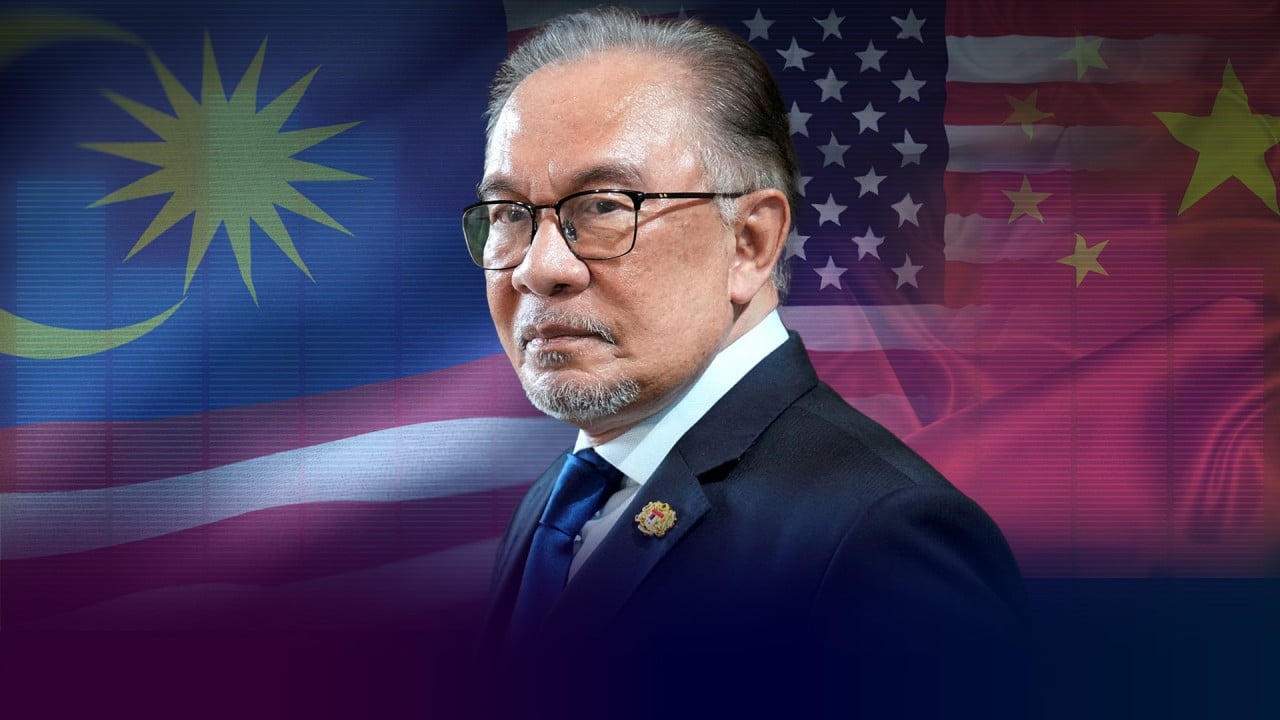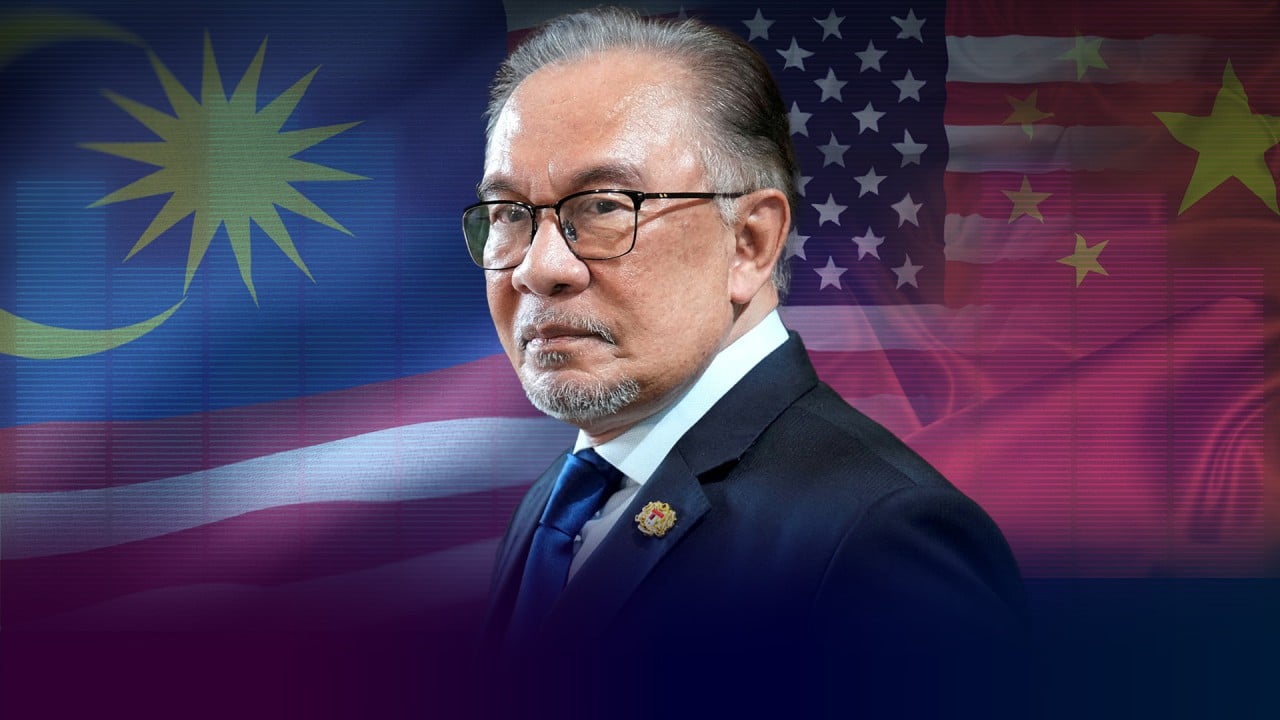After six years working at a factory in Malaysia’s Penang state, Benny suddenly found himself on the unemployment line this year – caught in the crossfire of international trade tensions that are upending Chinese manufacturing across Southeast Asia.
Since February, Jinko Solar’s factory in Penang has slashed hundreds of jobs, retreating from the market as solar tech manufacturers in the United States clamour for government protection against imports from Chinese giants.
“Of course, we were all sad, but we just have to accept it as God’s will. It was a nice place to work and the salary was good,” said Benny, who asked that This Week in Asia withhold his full name due to confidentiality clauses tied to his lay-off.
The Shanghai-headquartered company’s pullback followed accusations from Washington that Chinese firms were evading tariffs by relocating operations to Southeast Asia and gaining an unfair advantage over US manufacturers. In a bid to close this loophole, the US Department of Commerce is ramping up taxes on solar panels and technology shipped from Malaysia, Cambodia, Thailand and Vietnam: four countries that collectively exported nearly US$10 billion in solar products to the US in 2023 – nearly double the previous year’s trade figures.
On May 15, US authorities launched an anti-dumping investigation into solar panel exports from the four, responding to a petition from the American Alliance for Solar Manufacturing Trade Committee. A two-year exemption from anti-dumping scrutiny the countries had previously enjoyed expired on June 6.
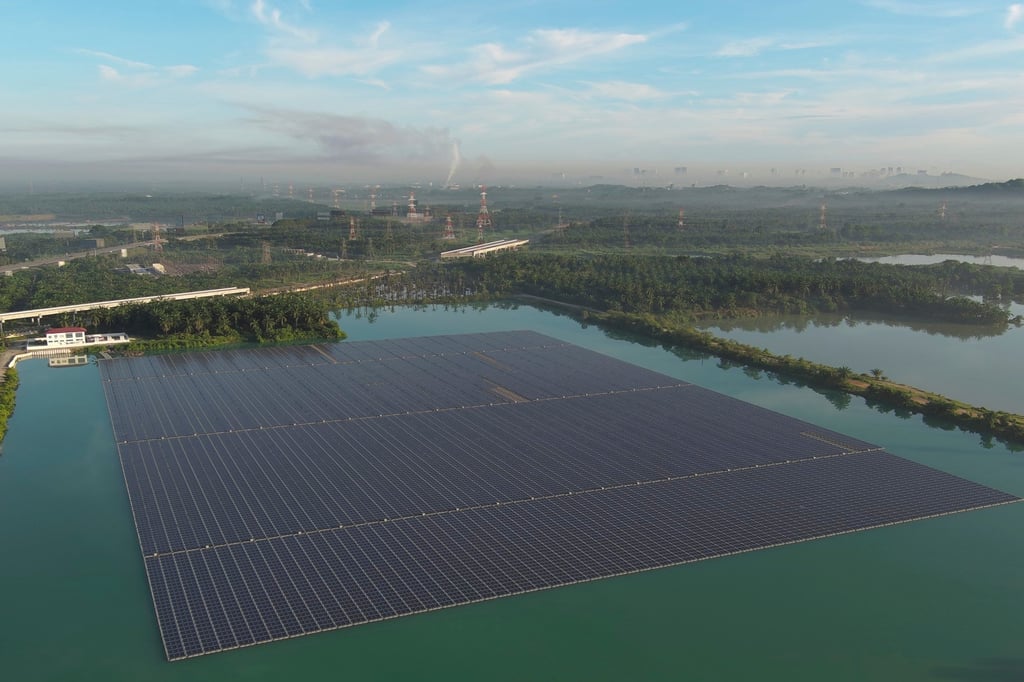
Just weeks later, Benny’s employer – one of the world’s largest solar module suppliers – laid him off as part of a broader downsizing. Jinko Solar has not commented on the closure of its Penang facility after nine years. Yet in a June interview, Li Zhenguo, founder of rival Longi, which operates in Malaysia’s Selangor, voiced concerns about the industry’s future amid a “clearly determined” US strategy to safeguard its solar market. “The question is if we should shut down factories in Southeast Asia or keep them as a backup,” he said, as reported by the Beijing-based Green Energy Daily.
US tariffs could soar as high as 270 per cent after the investigation wraps up, potentially obliterating the competitive edge that Southeast Asian manufacturing once enjoyed, warns Huaiyan Sun, a senior consultant on solar supply chains at global energy transition consultancy Wood Mackenzie.
Manufacturers were on edge, he said. “They may pack up their production lines and move” to places “like Indonesia, Laos or even the Middle East”.
But for now, Southeast Asia remains a hotspot, buoyed by its abundant supply of chips that are crucial for solar technology.
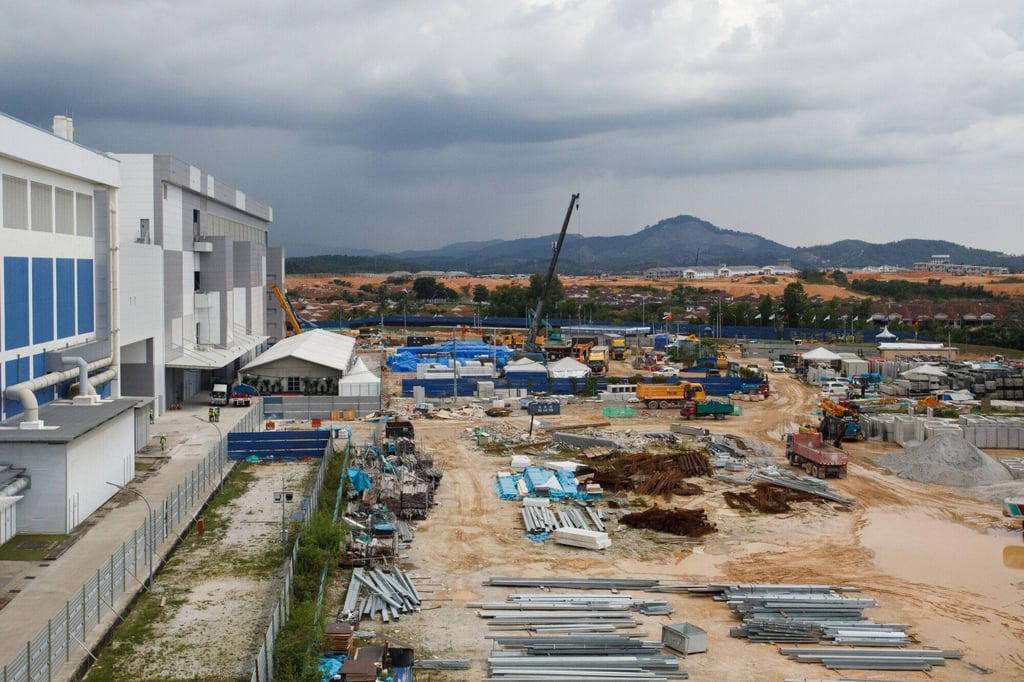
Tariff turmoil
Over the past five to six years, Southeast Asia has attracted billions in tech investments from both Chinese firms and Western multinationals looking to relocate. As US sanctions and tariffs increasingly squeeze access to high-end semiconductors in China, the neighbouring region has become an attractive alternative.
But Washington’s proposed tariffs on the four Southeast Asian markets, set to take effect by February next year, signal that the fallout from the trade and tech war is only just beginning. Analysts are now wary that Malaysia’s semiconductor sector could also come under scrutiny, particularly if new projects inadvertently enhance China’s access to sensitive technologies.
“For anything on national security … the US has shown it will not hesitate to take strict, appropriate action” to protect its interests, warned Wong Siew Hai, president of the Malaysian Semiconductor Industry Association (MSIA).
Data from the International Energy Agency reveals that over 80 per cent of global solar module production is concentrated in China, home to the world’s top 10 manufacturers. Chinese solar producers have heavily invested in Southeast Asia, which supplied about 10 per cent of global solar demand in 2023, according to the Asian Development Bank.
What we are seeing right now are efforts to reshore manufacturing to the US
The US embassy in Malaysia did not immediately respond to a request for comment, and Malaysia’s Ministry of Trade and Investment declined to answer questions for this article.
Experts agree that Southeast Asian solar supply chains are now under intense scrutiny. “What we are seeing right now are efforts to reshore manufacturing to the US,” said Cheah Wen Chong, an Asia research analyst at the Economist Intelligence Unit.
In May, President Joe Biden announced that Chinese exports to the US would face levies of between 25 and 100 per cent in strategic sectors starting from next year. These new tariffs will target semiconductors, electric vehicles, solar modules and batteries, aimed at countering “unfair, non-market practices” that he said threaten American workers and businesses.
Last year, the US government further restricted the products chip maker Nvidia could ship to China, following a 2022 ban on exports of advanced chips and fabrication equipment. These sanctions align with efforts to revitalise the US chip industry, with US$52.7 billion allocated under the Chips Act to subsidise domestic production – under the condition that companies do not expand operations into nations deemed national security threats.
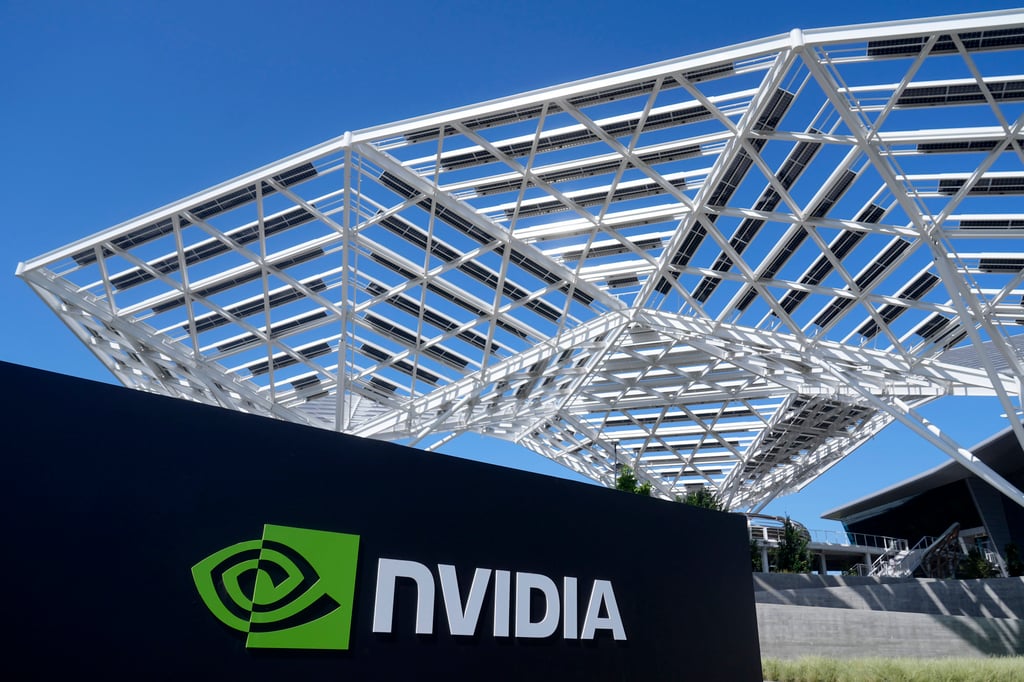
The competitive landscape is likely to remain unchanged, regardless of whether Kamala Harris wins November’s election or former president Donald Trump retakes the White House and resumes the trade war with China he began in 2016.
Amid that feud, Southeast Asia became a lucrative playground for both Chinese and US companies eager to safeguard their supply chains from tariffs. The region thrived under the “China plus one” strategy – adding a production base outside China – as supply chains were diversified to avoid damaging sanctions.
From Vietnam to Malaysia, and even in latecomers like Indonesia and Thailand, factories have flourished as the likes of Silicon Valley giant Intel and South Korean tech powerhouse Samsung vied for the best opportunities.
Malaysia, with its decades of tech experience, English-speaking workforce and strategic port access, had the advantage. Coupled with tax incentives and a welcoming government, the country positioned itself as a prime destination for tech investments.
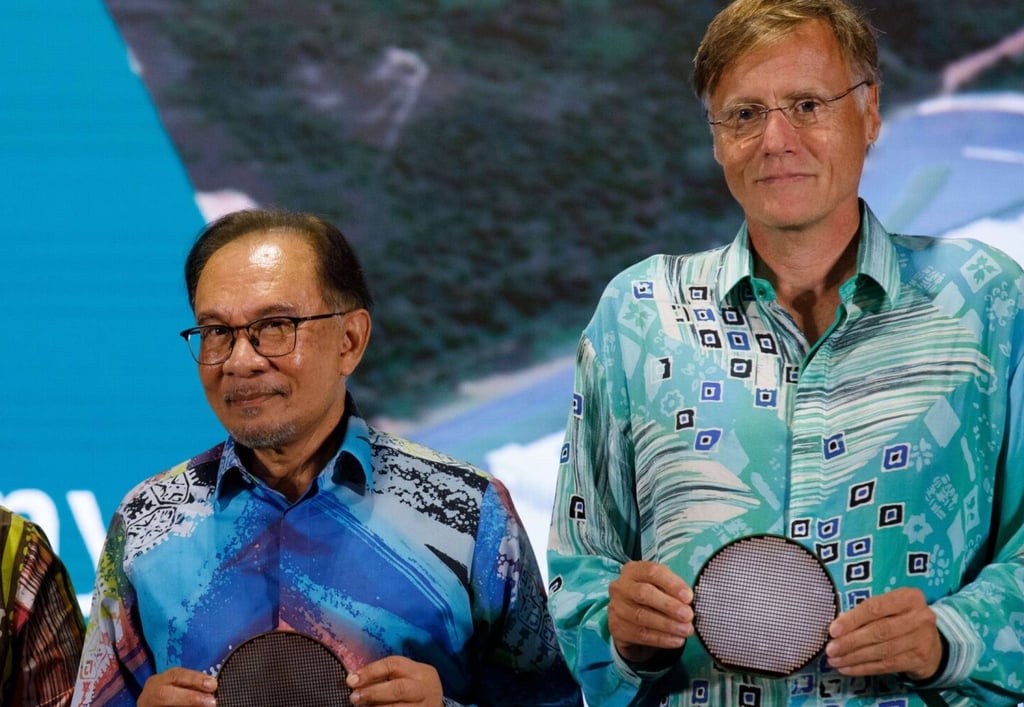
Semiconductors are a cornerstone of Malaysia’s growth strategy under Prime Minister Anwar Ibrahim, who aims to secure at least 500 billion ringgit (US$114 billion) in new investments through a National Semiconductor Strategy launched in May.
Over the past three years, Malaysia has attracted more than US$20 billion in investments from major international firms like Intel, Infineon, Microsoft and Nvidia, encompassing everything from wafer fabrication to advanced packaging, testing facilities, data centres and AI development.
Chip makers are “all about derisking”, said MSIA’s Wong – particularly in light of global conflicts and climate-related disruptions that have strained supply chains.
The interest among investors remains strong and “is still increasing”, because Malaysia is seen as a conducive environment. “We have 50 years of experience in the semiconductor industry with a strong ecosystem and talent available, and a business friendly government,” he said.
Just last week, Amazon Web Services, a subsidiary of e-commerce behemoth Amazon, announced a massive US$6.2 billion investment to expand its presence in Malaysia, reinforcing the country’s appeal in the tech landscape.
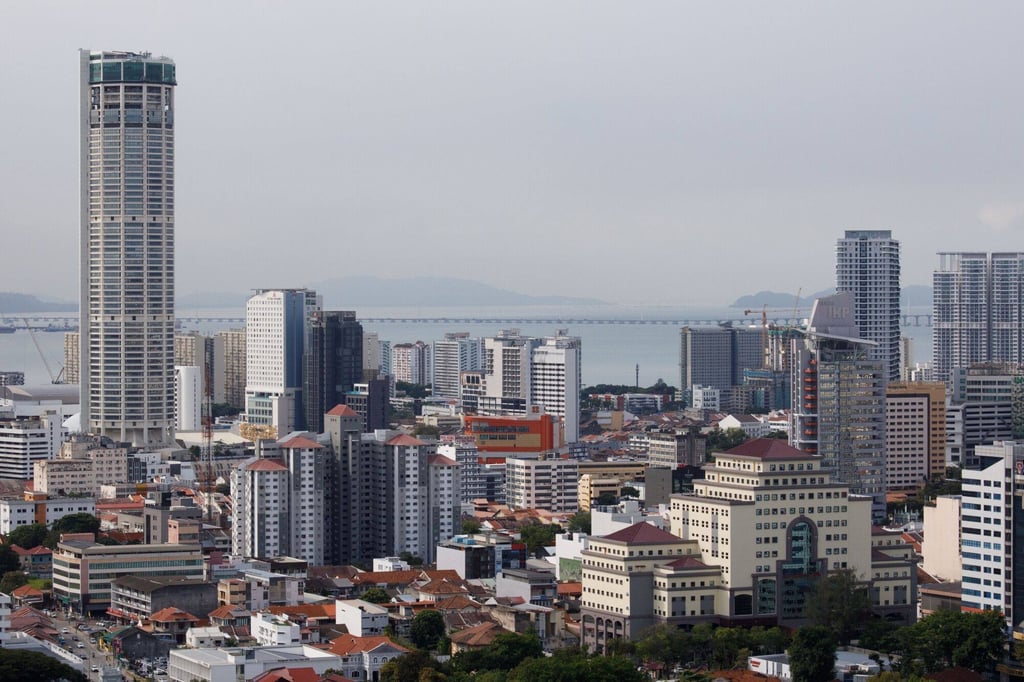
Chinese companies are also eyeing Malaysia with growing interest. In April, three Chinese firms unveiled plans to invest US$100 million in Penang, which has been dubbed the “Silicon Valley of the East”. Their goal: to establish bases for semiconductor packaging, materials, and equipment manufacturing, alongside producing etching and film-processing tools essential for wafer fabrication.
Yet, analysts caution that Malaysia must tread carefully between Western and Chinese interests amid ongoing US sanctions and tariff escalations targeting China. “There is definitely some concern,” said Shazwan Mustafa Kamal, a director at Vriens & Partners, a government risk consultancy. “If Malaysia faces tariff hikes on solar panel exports, those could be extended to include other sectors down the line as well.”
The evolving tariff landscape presents a complex challenge for countries like Malaysia. Last year, the US emerged as the Southeast Asian nation’s third-largest investment partner, pumping in US$4.7 billion across 62 approved projects, according to the Malaysian Investment Development Agency. China followed closely behind, contributing US$3.2 billion through 122 projects.
If Malaysia were to become overly reliant on China … it could be flagged as a potential risk to US national security
Malaysia’s stance of geopolitical neutrality is crucial for avoiding the brunt of US sanctions, experts say. But maintaining this balance means ensuring the country isn’t perceived as a launch pad for Chinese access to high-end chips and technologies banned by Washington, such as Nvidia’s advanced processors and AI-modelling chips.
“If Malaysia were to become overly reliant on China in this sector, it could be flagged as a potential risk to US national security,” warned Doris Liew, an economist at the Institute of Democracy and Economic Affairs in Kuala Lumpur.
Stars and gripes
In a pivotal US election year, optics are crucial. Observers note that Prime Minister Anwar has been shifting his foreign policy stance increasingly towards China, openly criticising the US and the West, particularly regarding their support for Israel amid the devastating Gaza conflict, which has claimed more than 40,000 Palestinian lives, mostly civilians.
Anwar’s recent announcement of Malaysia’s intention to join Brics has fuelled speculation that the Southeast Asian nation is distancing itself from Western influences. “Many Brics members have expressed anti-Western sentiments,” Liew said. “Malaysia’s membership, despite having limited economic ties with other member countries beyond China and India, can be seen as a primarily geopolitical move rather than an economic one.”
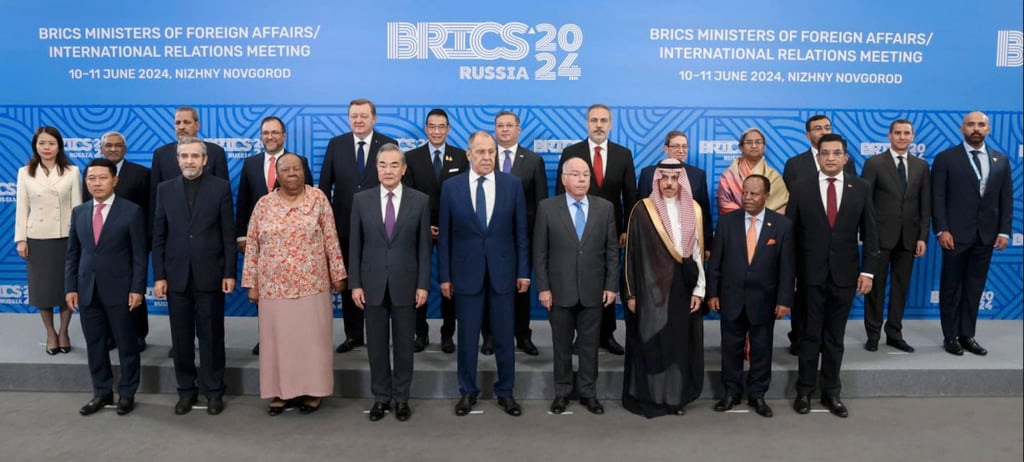
Originally formed by Brazil, Russia, India, China and South Africa, Brics now includes Saudi Arabia, Iran, Ethiopia, Egypt and the United Arab Emirates, representing preferential trade and investment opportunities for nations covering 45 per cent of the global population.
For some Malaysia watchers, Anwar’s overtures to China and Brics reflect a prime minister leveraging new-found political stability and the region’s economic potential to enhance his country’s standing. “Concerns that Malaysia’s recent foreign policy posturing under PMX is leaning heavily towards China are hyped up,” said Deborah Chow, an associate director with political risk consultancy BowerGroupAsia, using a popular term to refer to Anwar, Malaysia’s 10th prime minister.
Experts argue that the notion of commanding unwavering loyalty from Southeast Asian nations is outdated, especially as the region’s economy grows and millions of new consumers emerge for markets ranging from smartphones to electric vehicles.
During Malaysia’s industrialisation boom in the 1980s and 1990s under then-prime minister Mahathir Mohamad, Western investments flowed in despite his Look East policy, which focused on East Asian economies.
Southeast Asia took time to regain its footing after Trump ripped up trade rules that had threaded together supply chains reliant on cheap labour and manufacturing throughout the region. Since then, countries have explored a range of economic alternatives.
Malaysia has agreed bilateral agreements with China and India to conduct trade using their own currencies, aiming to mitigate exposure to foreign exchange volatility. “Anwar sees de-dollarisation as a more stable trading system” than relying on the US currency, risk consultant Shazwan said. “Especially during the ever-present US-China trade wars” that began in 2016.
This foreign policy shift has also broadened Malaysia’s semiconductor horizons, paving the way for collaborations with nations eager to tap into the booming global market for chips.
“China has a lot of interest in Malaysia because we have the best [semiconductor] ecosystem, we have the experience and the culture, food and living conditions are quite familiar to them,” MSIA’s Wong said.
With revenue from the global semiconductor sector projected to soar from US$577 billion in 2022 to US$1 trillion by 2030, “everyone is asking, ‘why can’t my country get a piece of the cake?’”


